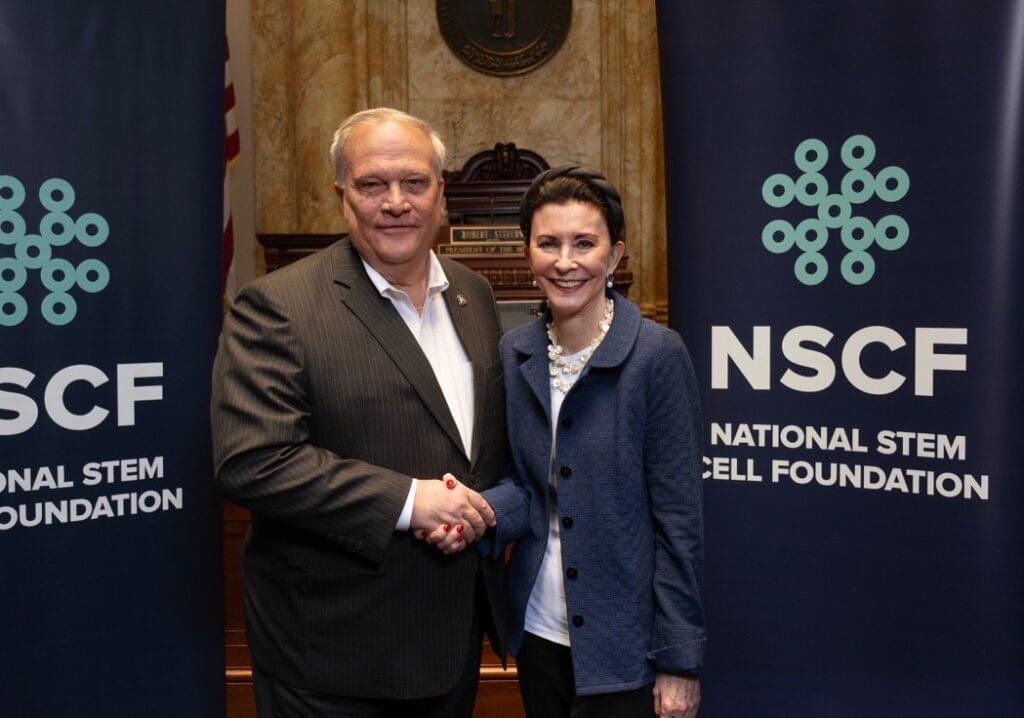Cybersecurity researchers have disclosed a critical vulnerability in the Open VSX Registry (“open-vsx[.]org”) that, if successfully exploited, could have enabled attackers to take control of the entire Visual Studio Code extensions marketplace, posing a severe supply chain risk.
“This vulnerability provides attackers full control over the entire extensions marketplace, and in turn, full control over millions of developer machines,” Koi Security researcher Oren Yomtov said. “By exploiting a CI issue a malicious actor could publish malicious updates to every extension on Open VSX.”
Following responsible disclosure on May 4, 2025, multiple rounds of fixes were proposed by the maintainers, before a final patch was deployed on June 25.









